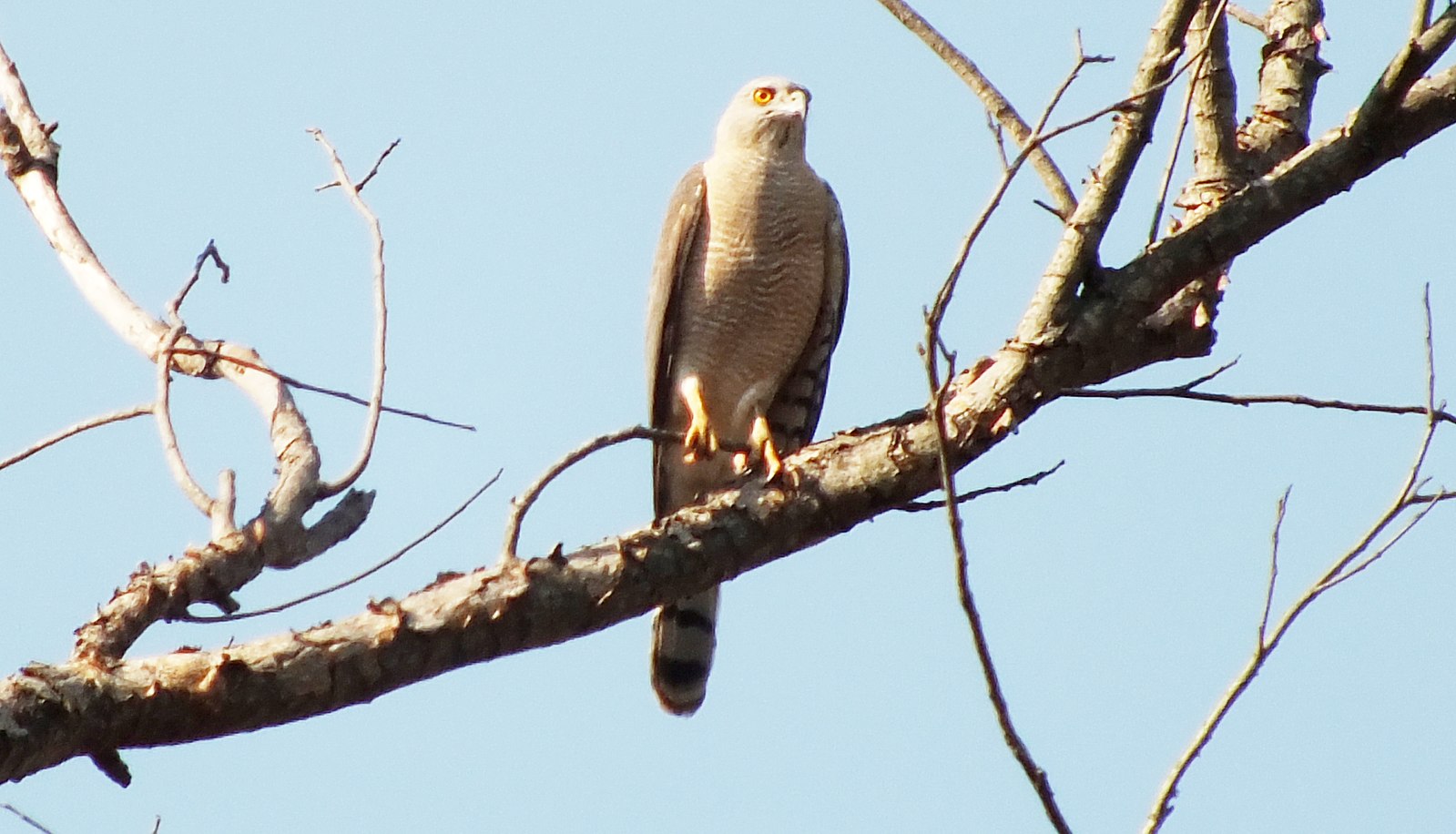How Much Does a Shikra Cost?
Roy
How Much Does a Shikra Cost?
The Shikra, also known as the “little banded goshawk” or “mottled sparrowhawk,” is a bird of prey that is native to parts of Africa, Asia, and Europe. It is a small to medium-sized hawk, with a wingspan of around 24-30 inches and a weight of around 8-12 ounces. On average, the price of a Shikra … Read more


